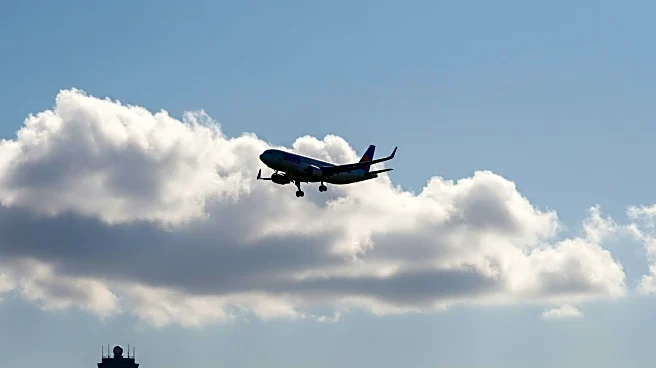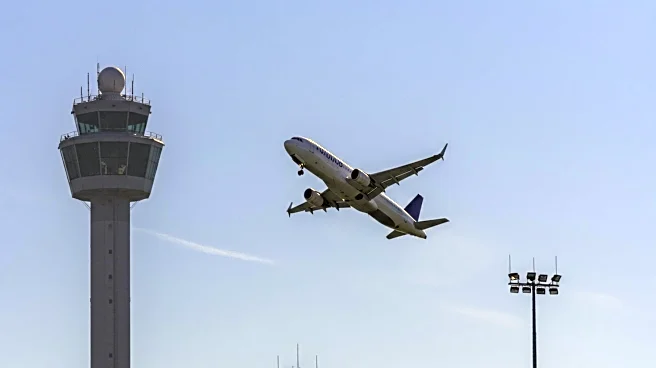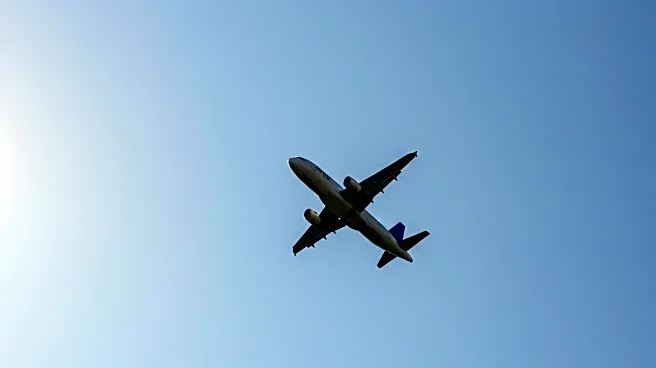Rapid Read • 8 min read
The Federal Aviation Administration (FAA) has announced plans to extend flight restrictions at Newark International Airport through late October 2026. This decision follows ongoing operational challenges at the airport, including runway construction, a shortage of air traffic controllers, and technological issues. Currently, Newark is limited to 28 flight arrivals and departures per hour during construction periods and 34 outside of these times. The FAA proposes increasing this limit to 36 flights per hour starting January 2026, which is still below the historical cap of approximately 40 flights per hour. The extension aims to mitigate congestion, delays, and cancellations, particularly given the staffing challenges at the Philadelphia Terminal Radar Approach Control facility, which oversees Newark's air traffic.
AD
The extended flight restrictions at Newark Airport have significant implications for airlines, particularly United Airlines, which operates a major hub at the airport. By limiting capacity, United may benefit from increased pricing power and a more dominant market position, as competitors face constraints in adding flights. However, the restrictions highlight broader issues within the U.S. air traffic control system, including staffing shortages that have persisted despite previous administrative efforts. The decision underscores the need for reliable operations over maximizing flight schedules, reflecting ongoing challenges in maintaining efficient air travel infrastructure.
The FAA's proposal to extend flight restrictions will likely lead to smoother operations at Newark Airport, reducing the risk of delays and cancellations. United Airlines is expected to leverage its dominant position at the airport, potentially influencing pricing strategies and market dynamics. The FAA will continue to address staffing challenges and evaluate long-term solutions for air traffic control, with ongoing efforts to replace controllers and improve operational efficiency. Stakeholders, including airlines and passengers, will be closely monitoring the impact of these changes on travel experiences and industry performance.
The decision to extend flight restrictions at Newark Airport raises questions about the long-term sustainability of the U.S. air traffic control system. The reliance on staffing from Philadelphia highlights systemic issues that may require comprehensive policy reforms and investments in technology and personnel. The situation at Newark serves as a case study for broader challenges facing major airports across the country, emphasizing the need for strategic planning and resource allocation to ensure reliable air travel.
AD
More Stories You Might Enjoy














